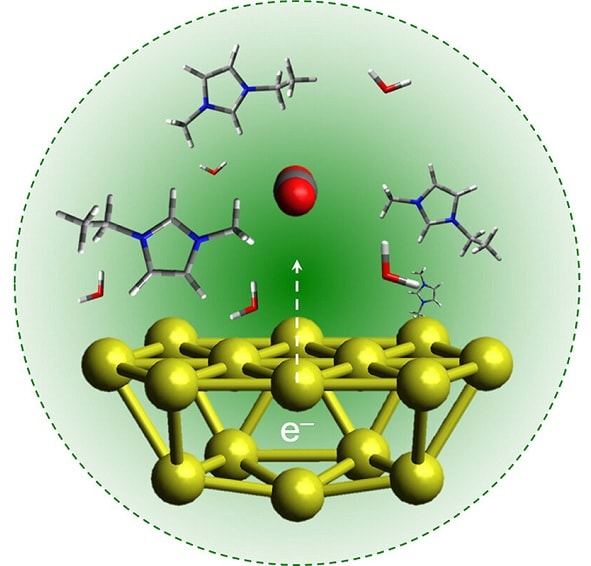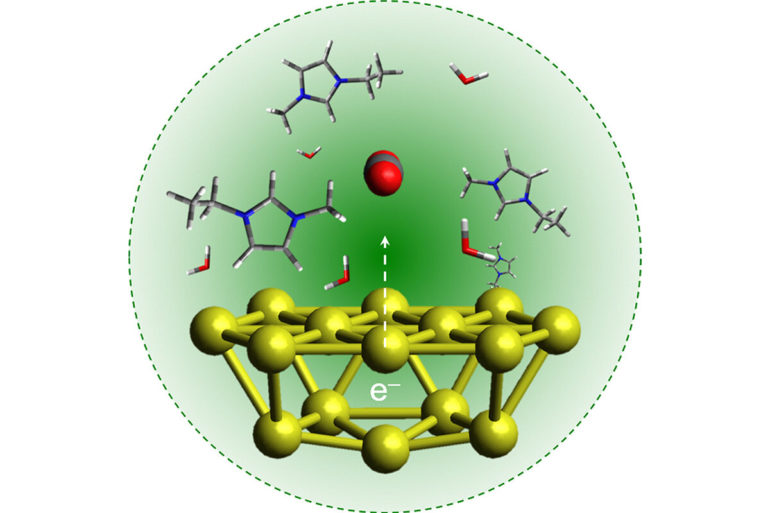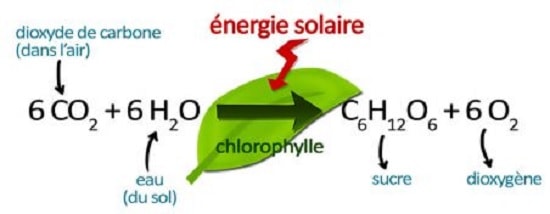As atmospheric CO2 levels continue to rise, scientists are constantly looking for new ways to use excess carbon dioxide to, among other things, address the various energy issues currently facing the global scale. Recently, a team of researchers has developed an artificial photosynthesis system to produce liquid fuels from the CO2 present in the atmosphere.
Chemists at the University of Illinois have been successful in producing fuels using water, carbon dioxide and visible light through artificial photosynthesis. By converting carbon dioxide into more complex molecules such as propane, this green technology opens a new path towards the use of excess CO2 to store solar energy – in the form of chemical bonds – usable when sunshine is weak and that the demand is great.
Plants use sunlight to produce chemical reactions between water and CO2 to create and store solar energy in the form of energy-dense glucose. In this new study published in the journal Nature Communications, researchers have developed an artificial process using the same light range of the visible light spectrum used by plants during natural photosynthesis to convert CO2 and water into fuel, associated with electron-rich gold nanoparticles as a catalyst.
“The goal here is to produce complex and liquefiable hydrocarbons from excess CO2 and other sustainable resources such as sunlight,” says Prashant Jain, chemist and author of the study. “Liquid fuels are ideal because they are easier, safer and more economical to transport than gas and, because they are made from long-chain molecules, they contain more bonds, which means they contain more of energy “.
Liquid fuel produced by artificial photosynthesis
In their laboratory, researchers use metal catalysts to absorb light and transfer the electrons and protons needed for chemical reactions between CO2 and water, thus fulfilling the role of chlorophyll pigment in natural photosynthesis.
Gold nanoparticles work particularly well as a catalyst, says Jain, because their surfaces interact favorably with CO2 molecules, effectively absorb light and do not degrade.

Under the sunlight and assisted by an ionic liquid, the gold (yellow) nanoparticles transfer electrons to convert the CO2 molecules (red / gray spheres in the center) into more complex hydrocarbon molecules. Credits: Sungju Yu
The energy stored in the hydrocarbon fuel bonds is released in several ways. However, the simple conventional method of combustion ends up producing more CO2, which goes against the concept of recovery and storage of solar energy.
“There are other potential unconventional uses of hydrocarbons created from this process. They could be used to power fuel cells to produce electrical current and voltage. There are laboratories around the world that are trying to determine how hydrocarbon conversion to electricity can be done efficiently,” explains Jain.
As interesting as the development of this CO2-liquid fuel may be for green energy technology, researchers recognize that Jain’s artificial photosynthesis process is far from being as effective as in plants.
“We have to learn how to adjust the catalyst to increase the efficiency of the chemical reactions. Then we can begin the difficult work of determining how to intensify the process. And, like any unconventional energy technology, many economic feasibility issues will also arise,” concludes Jain.




